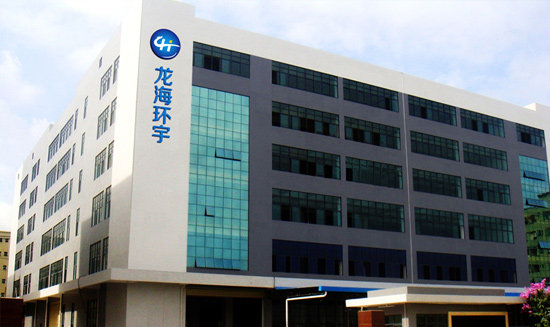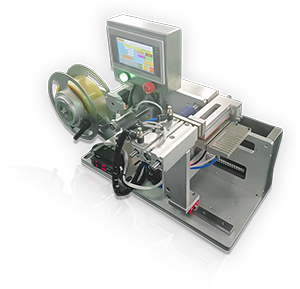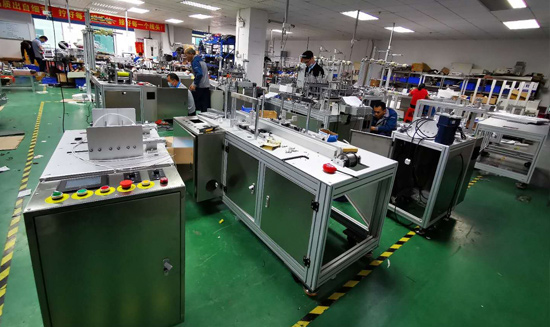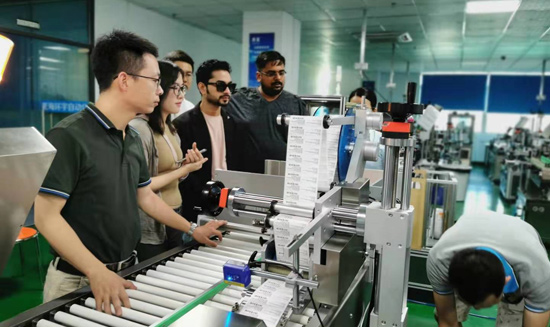视觉贴标机使用指南:常见问题与故障处理大全
视觉贴标机使用指南:常见问题与故障处理大全
本文介绍了龙海环宇视觉贴标机常见故障问题,以及处理流程方法,为广大客户正常使用提供技术指导。
一、视觉贴标机基础操作要点
视觉贴标机作为智能包装设备的核心装备,稳定运行需要规范开机操作流程:
1. 开机准备步骤:
检查气源压力(0.4-0.6MPa);
确认相机/镜头无污损;
校准传送带速度与视觉触发时序;
验证光源亮度一致性(使用灰度卡测试)。
2. 日常操作保养规范:
每班次清洁镜头防尘玻璃;
定期备份系统参数(建议每周1次);
更换产品型号时需重新标定;
异常报警立即停机排查。
二、常见问题诊断与处理方案
1. 图像采集类故障
(1)图像模糊
可能原因:
A. 镜头焦距未调准(占比42%)
B. 相机快门速度不匹配(占比28%)
C. 产品振动超标(占比18%)
解决方案:
A. 使用靶纸重新对焦
B. 调整快门至1/1000s以上
C. 增加减震装置,检查结构刚性。
(2)图像过曝/欠曝
参数调整指南:
现象 调整参数 推荐值
过曝 光源亮度↓ 降低30%-50%
相机增益↓ 建议<15dB
欠曝 曝光时间↑ 100-500μs
光圈值↓ F2.8→F4
2. 识别定位类故障
(1)匹配失败
处理流程:
检查模板是否被遮挡
验证产品位置偏移量
调整匹配阈值(0.7→0.6)
启用旋转补偿功能
(2)坐标偏移
九点标定法复查步骤:
使用标准标定板
采集9个位置点图像
计算转换矩阵残差(应<0.1pixel)
更新标定参数
3. 机械执行类故障
(1)贴标位置偏差
三维补偿方法:
X/Y向:调整视觉坐标偏移量
Z向:修正吸标高度参数
角度:修改旋转补偿系数
(2)标签剥离异常
排查清单:
剥离板角度(标准30-45°)
出标速度匹配(建议比传送带快5%)
标签底纸张力检测
三、进阶故障处理技巧
1. 复杂场景解决方案
问题类型 技术方案 实施效果
反光表面 使用偏振镜+低角度环形光 反射抑制率>80%
透明包装 配置背光光源+红外相机 识别成功率提升至95%
曲面贴标 3D视觉定位+柔性贴标头 弧度适应范围±15°
2. 系统稳定性提升
抗干扰三要素:
电磁屏蔽:信号线加磁环
振动隔离:安装阻尼器
温度控制:环境温度23±2℃
预防性维护计划:
周期 维护项目 器材
每日 镜头清洁/气路排水 无尘布+无水酒精
每月 导轨润滑/皮带张力检测 锂基脂润滑脂
每季度 光源亮度校准/相机标定 标准灰度板测试
四、[敏感词]智能诊断技术
1. 远程运维系统
实时监控设备状态(电压/温度/振动)
自动生成故障报告(含解决方案推荐)
支持AR远程指导维修
2. 预测性维护
基于大数据的寿命预测:
伺服电机剩余寿命分析
光源衰减预警
易损件更换提醒
3. 自学习系统
自动记录处理成功的异常案例
建立解决方案知识库
相似故障自动匹配历史方案
五、操作员必备技能矩阵
技能等级 能力要求 培训时长
初级 基础操作/简单故障处理 8学时
中级 参数优化/机械调整 24学时
高级 算法修改/系统集成 80学时
专家 二次开发/特殊场景解决方案设计 200学时+
六、实用排查流程图
A[故障现象] --> B{图像类?}
B -->|是| C[检查相机/光源/镜头]
B -->|否| D{机械类?}
D -->|是| E[检查气缸/伺服/传送带]
D -->|否| F[检查电气系统]
C --> G[图像质量达标?]
G -->|否| H[调整光学参数]
G -->|是| I[重新标定]
E --> J[执行机构动作正常?]
J -->|否| K[检查气路/电路]
J -->|是| L[校准运动参数]
七、总结建议
1.建立标准化故障处理SOP(标准作业程序)
2.保留完整的设备维修记录
3.定期进行预防性维护
4.关注厂商龙海环宇的技术更新
掌握本指南列出的解决方案,可解决龙海环宇视觉贴标机90%以上的常见故障。对于复杂系统性问题,建议联系设备
厂商获取专业技术支持。通过规范操作与科学维护,设备综合效率(OEE)可提升至85%以上。













 微信咨询
微信咨询